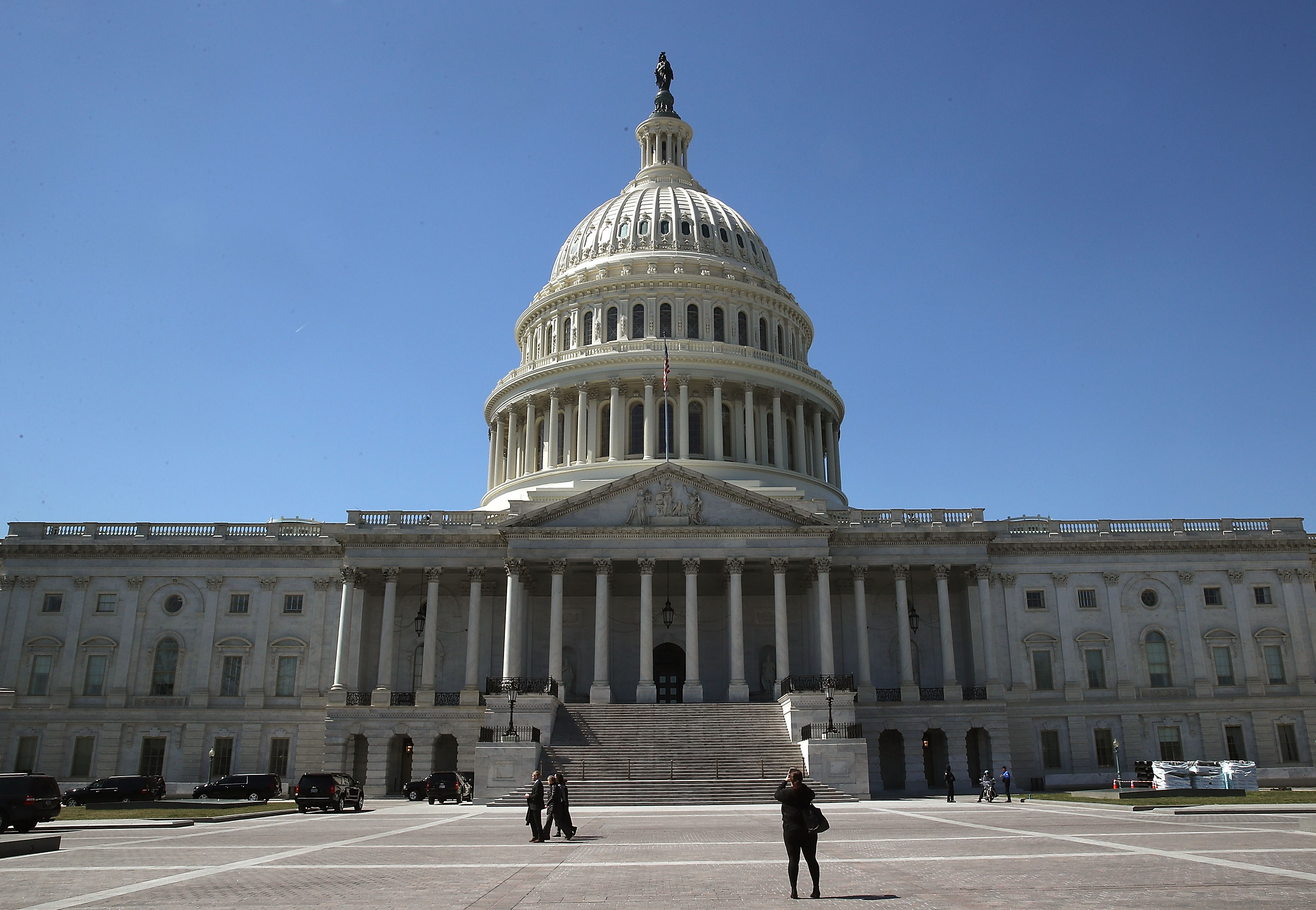
November 14, 2017
CNAS Press Note: What Matters in the New NDAA?
Washington, November 14 – With the House and Senate Armed Services committees having finalized the 2018 National Defense Authorization Act, Center for a New American Security (CNAS) Defense Strategies and Assessments Program Fellow Susanna V. Blume has written a press note highlighting the most important items in the bill, including expansions in personnel, new hardware, and refinements of defense enterprise reform. The full press note, “What Matters in the New NDAA?” is below.
The House and Senate Armed Services committees completed their conference on the 2018 National Defense Authorization Act last week, finalizing the bill for votes in the House and Senate, and from there on to the President for signature.
The most notable aspect of the 2018 NDAA is the increase in personnel and new hardware that Congress seeks to provide the Department of Defense above the administration’s request. In addition to what the administration requested in the 2018 President’s Budget, the NDAA provides 20 more F-35 Joint Strike Fighters, 10 more F/A-18 Super Hornets, an extra DDG-51 destroyer, two more Littoral Combat Ships, 33 more Bradley fighting vehicles, and 29 more Abrams tank upgrades, among many others. The bill also increases the Army total force by 8,500 soldiers (7,500 active duty, 500 each to the Reserve and the National Guard) and the Marine Corps by 1,000 Marines.
In terms of defense enterprise reform, the 2018 NDAA is largely a continuation and refinement of the reforms put forward in the 2016 and 2017 NDAAs. This NDAA increases the authority of the DoD Chief Management Officer; boosts business data sharing, management, and analytics; and sustains prior NDAA-directed acquisition reforms, increasing emphasis on software acquisition and authorities to support research and developmental programs.
Although the NDAA authorizes a defense topline of nearly $700 billion ($626.4 billion in the base budget and $65.8 billion Overseas Contingency Operations [OCO] funding), as yet there is no budget deal that would allow an appropriation to exceed the current base budget cap of $549 billion without triggering sequestration. Even if Congress reaches a budget agreement that provides some relief from this cap, expect the final appropriations bill to provide a lower topline, as is usually the case.
Blume is available for interviews. To arrange one, please contact Neal Urwitz at 202-457-9409 or nurwitz@cnas.org.
